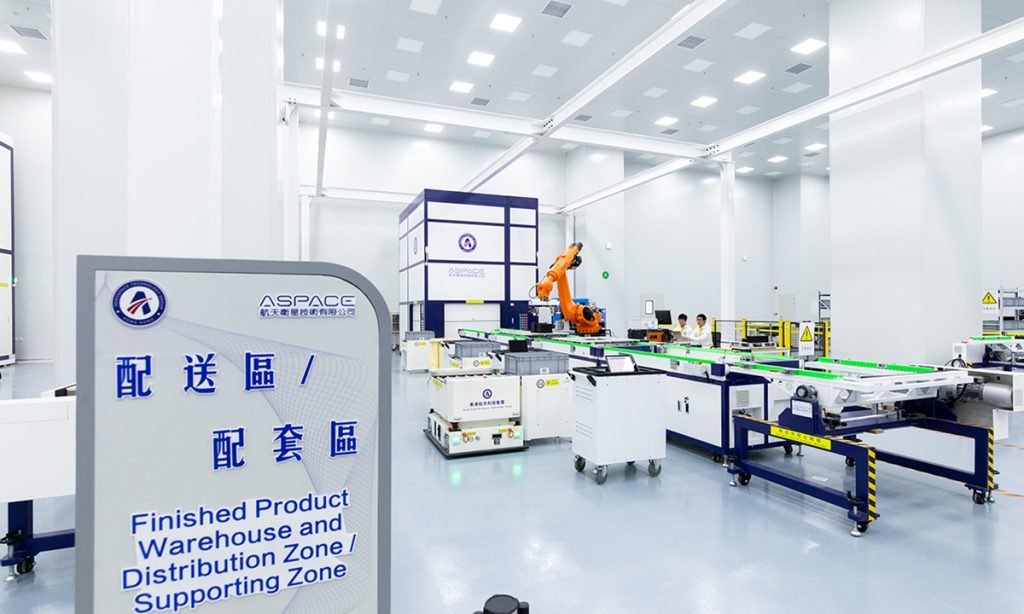Cheerful Tibetan lifestyle ‘linka’ lives on

What special apps does a young Tibetan living on the snowy plateau have on their phone? Recently, a new app called "Linka" has appeared on the phones of young people. Using it, you can easily browse and learn information about the Tibetan culture. Additionally, you can find both the oldest and the latest Tibetan songs, and learn about their origins and historical background. Most importantly, you can share your joy and sorrow in life and build your own neighborhood online.
Of course, we are not here to advertise any social app. However, the name of this app is indeed well chosen. It encompasses all the meanings and uses of the Tibetan word "linka."
For thousands of years before the advent of online social platforms, linka was the primary social bond between Tibetan people, their communities, and nature. Through these activities, Tibetans stay cheerful, optimistic, and lively even in the challenging high-altitude and oxygen-deficient natural environment.
In Tibetan, linka means gardens and groves. However, in a daily context, "linka running" is similar to outings or picnics. Linka running exists as a long-standing Tibetan tradition of being close to nature, a habit developed by Tibetan compatriots living in a high-altitude climate and unique environment.
In the Xizang Autonomous Region in Southwest China, severe cold and snow are the norm. So, any day with good weather is never wasted. They are seen as gifts from Heaven.
Tibetan people deeply adhere to the belief that "Every day in which you do not dance is a day wasted in life." Therefore, during such days, Tibetans often gather with family and friends, bringing along some food, and head to lush linka areas. There, they set up tents, lay out carpets, set out barley wine and various snacks, and indulge in merrymaking, celebrating the joys of nature with singing and feasting.
Over time, linka running has become a unique daily way of life for Tibetans. In Lhasa, whether in urban areas or the outskirts of the city, there are incredibly beautiful linka sites everywhere. Under the intense plateau sunshine, they appear as green as emeralds, turning Lhasa into a mythological world.
Follow along and step into the world of Lhasa's linka to experience the unique ethnic customs and folk culture of the Tibetan people.
Having lived in Xizang for many years, I have heard the most beautiful songs, the most captivating stories, and the most entertaining jokes at linka running events. We believe that any cultural identity is a product of negotiation and interaction between people and nature.
It can be said that linka running reconciles the innate human desire to be close to nature with the challenges of the harsh natural environment.
Tibetan people have a natural inclination toward outdoor life, camping, and picnics, and they love the forests, rivers, flowers, and meadows.
At linka sites they set up tents of various colors and lavish or simple curtains, build stoves, prepare food and tea, and sometimes, they stay for a day, several days, or even up to half a month.
During these days, they sing, dance, play cards, roll dice, tell stories, perform Tibetan opera, entertain guests, feast, drink, and celebrate. There are also various games, sports, and archery activities.
The most touching crystallization of their culture naturally emerges during these carefree moments. The most popular sport during these times is archery, known as bishao in Tibetan. The target is made of cowhide, with a movable center. The arrowheads are carved from wood with many holes, producing a sharp sound when released from the bowstring. Hitting the bull's-eye causes the center to drop, indicating victory for the archer.
During every archery competition, men and women standing on both sides of the competitors sing and dance enthusiastically to cheer and support them. This type of song is called dhashei, meaning arrow song.
In today's urban life in Xizang, this atmosphere has also spread extensively. Colleagues in the workplace, business partners, teachers and students in schools, guests and hosts, tourists and locals - more and more social relationships are influenced by Tibetan culture.
People have learned to place the trivial matters of daily life under the vast starry sky and the scene of bonfire dances, giving everything a pastoral and idyllic filter.
We cannot deny that it is in one of the harshest natural environments on the plateau that the Tibetan people have created this most optimistic and relaxed way of life. This is rarely seen in cultures around the world.
No matter how grand and lavish gatherings are organized in other places, they ultimately remain mere embellishments in the daily routine. But in the linka culture of Xizang, it seems that the Tibetan people have turned this around.
It is said that in some families, the linka can last for up to a month. Family members with work or other obligations can leave at any time and naturally return to the festivities after finishing their tasks. This is indeed a very appealing way of life: Bothersome jobs and tasks are merely interludes in a grand feast.







